A knife is one of humanity’s oldest tools — yet in the hands of a designer or collector, it becomes far more than a cutting instrument. Behind every well-crafted knife lies a careful balance between functionality and emotional significance — a dialogue between purpose and personality, precision and passion.
Let’s explore how knife design goes beyond utility to become a reflection of craftsmanship, symbolism, and human connection.
How Knife Design Combines Functionality with Emotional Significance?
1. The Harmony of Form and Function
At its core, every knife begins with purpose — whether for culinary precision, outdoor survival, or ceremonial display. But great design doesn’t stop at practicality.
The best knives merge ergonomics with aesthetics, ensuring the blade feels as right in the hand as it looks to the eye.
-
The weight distribution affects control and fluidity.
-
The curve of the handle determines comfort and grip.
-
The material of the blade influences sharpness, longevity, and even sound.
When these elements are designed in harmony, a knife transforms from a tool into a seamless extension of the user’s intent.

2. Materials That Tell a Story
Knife design is also storytelling through material.
A Damascus steel blade speaks of centuries-old forging traditions. A wooden handle carved from oak, ebony, or olive wood carries warmth and natural texture. Metal or stone inlays may represent heritage, honor, or artistry.
Every component holds meaning — connecting the object to the maker’s history and the owner’s identity. This is why collectors often speak of their knives not just as possessions, but as companions or heirlooms.
3. Emotional Resonance Through Craftsmanship
Handcrafted knives bear the marks of their creator — a rhythm of carving, polishing, and balancing that cannot be replicated by machines. These imperfections, far from flaws, create emotional resonance. They remind us that craftsmanship is an act of care, attention, and dedication.
Owning such a knife feels deeply personal. It’s not merely chosen for performance but for how it feels — in the hand, and in the heart.

4. Symbolism in Design
Throughout history, knives have held symbolic power — representing protection, strength, or transformation. In modern luxury design, this symbolism evolves into personal expression.
A minimalist knife reflects discipline and focus.
A knife with ornate engravings or gemstone accents speaks to creativity and legacy.
Each design choice — from blade geometry to handle detail — mirrors the values and temperament of its owner.
5. Function Meets Emotion in Everyday Ritual
Even in daily use, a well-designed knife can turn routine into ritual. Whether slicing ingredients, opening packages, or admiring it on display, the tactile experience evokes a sense of connection — between maker, object, and user.
That emotional bond is what separates an ordinary knife from a meaningful creation.

Conclusion
Knife design stands at the crossroads of engineering and emotion. It’s where precision meets passion, and where every curve, texture, and finish tells a story. A functional blade serves — but a thoughtfully designed knife speaks. It embodies craftsmanship, individuality, and timeless artistry.
When you hold such a piece, you don’t just feel its balance — you feel its soul.
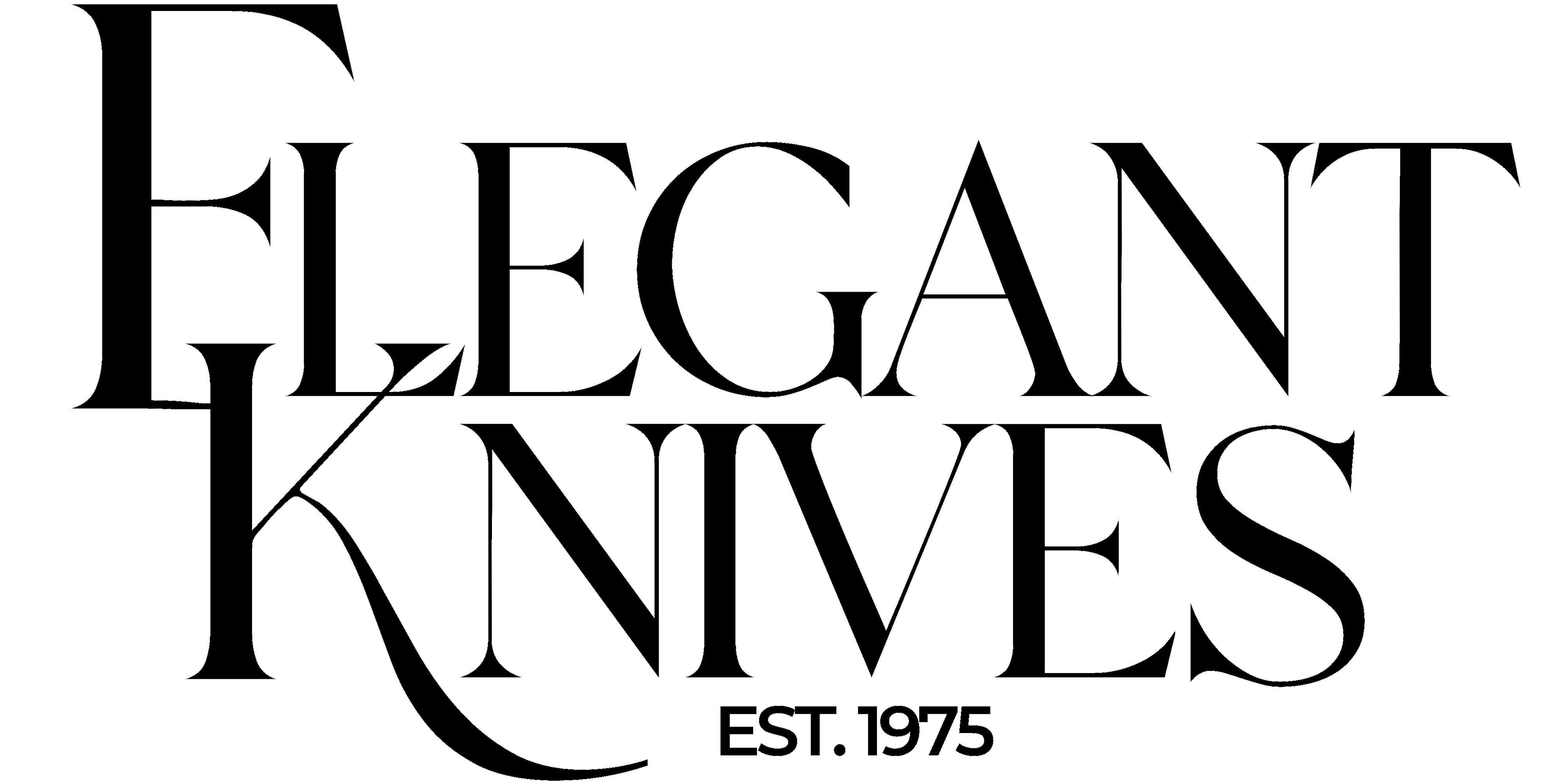
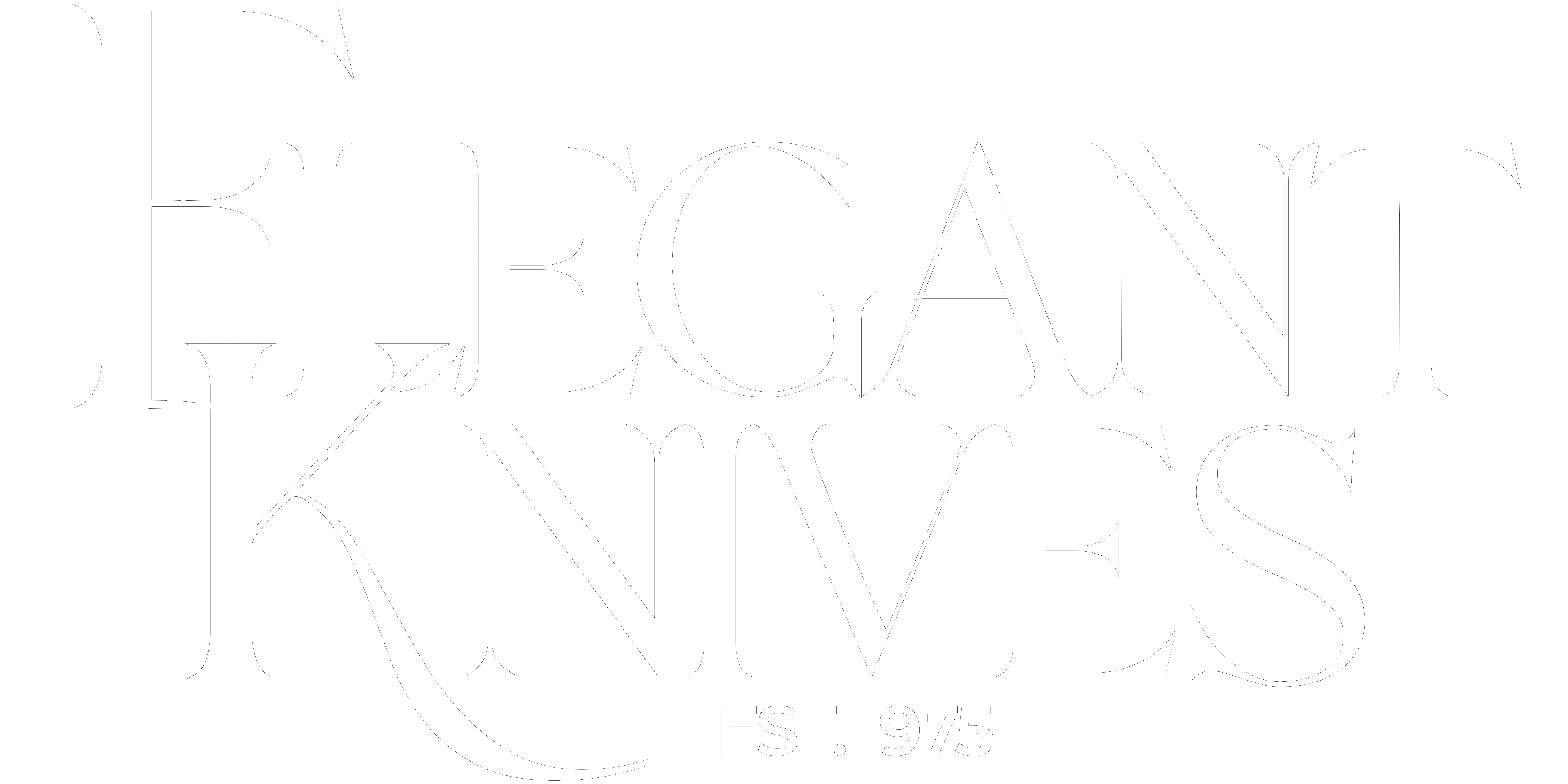

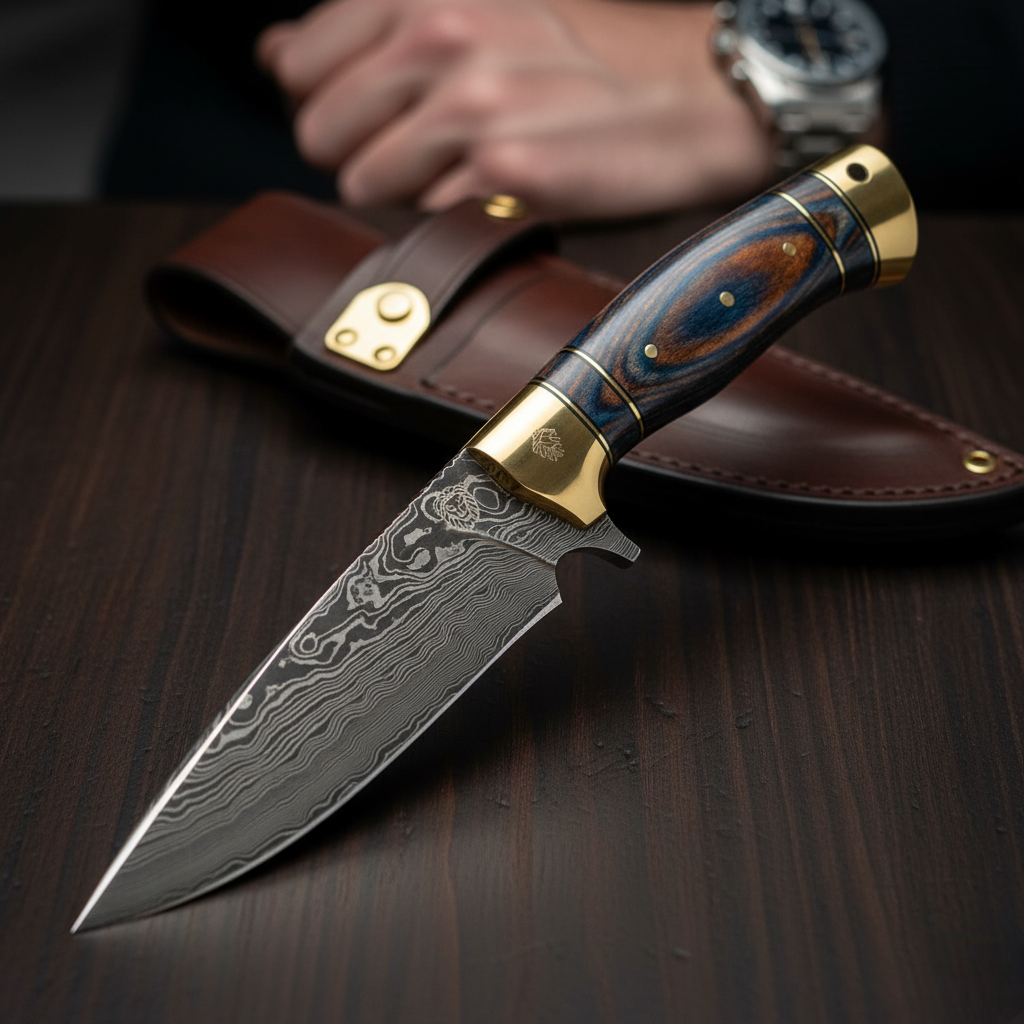
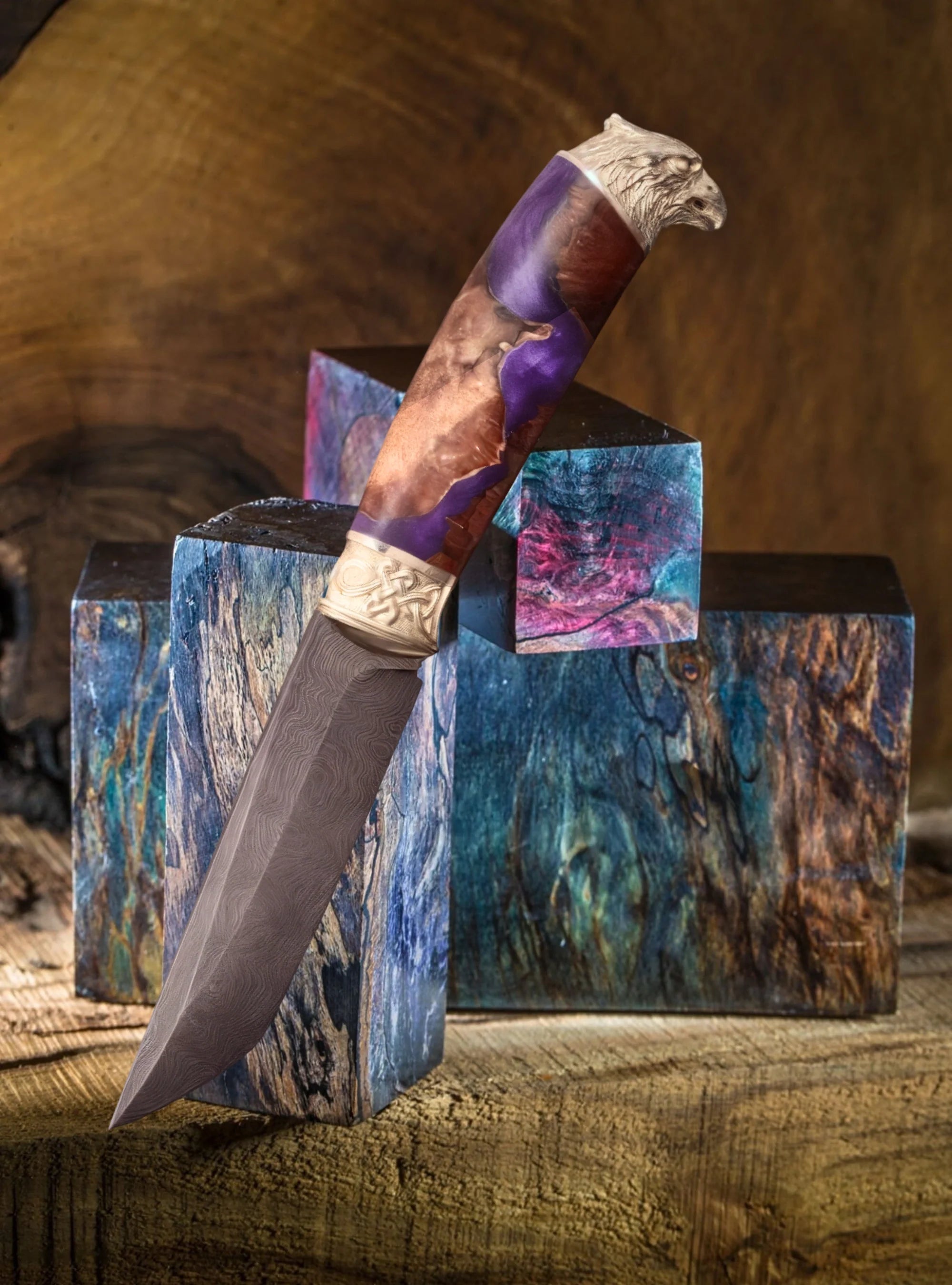
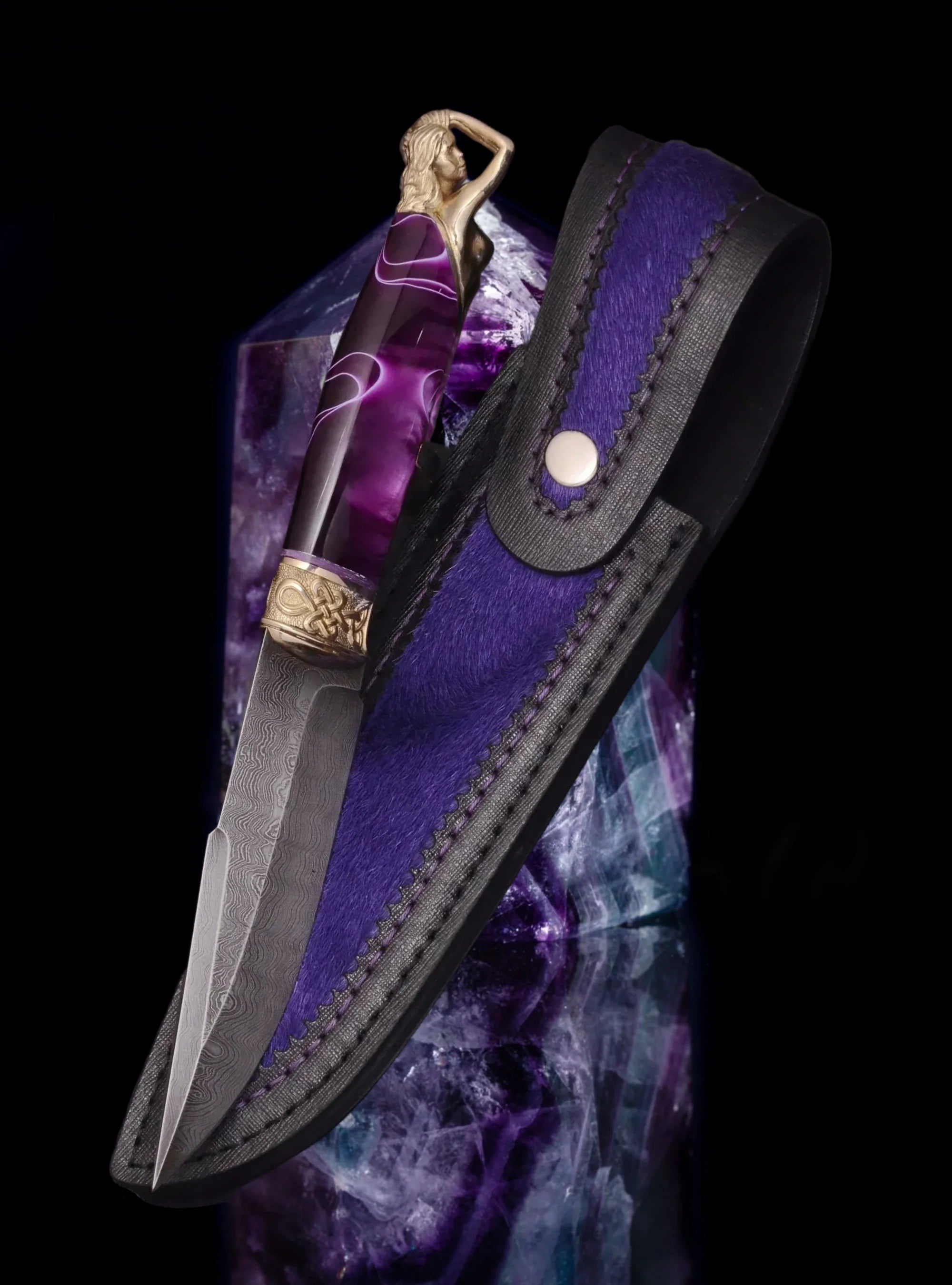
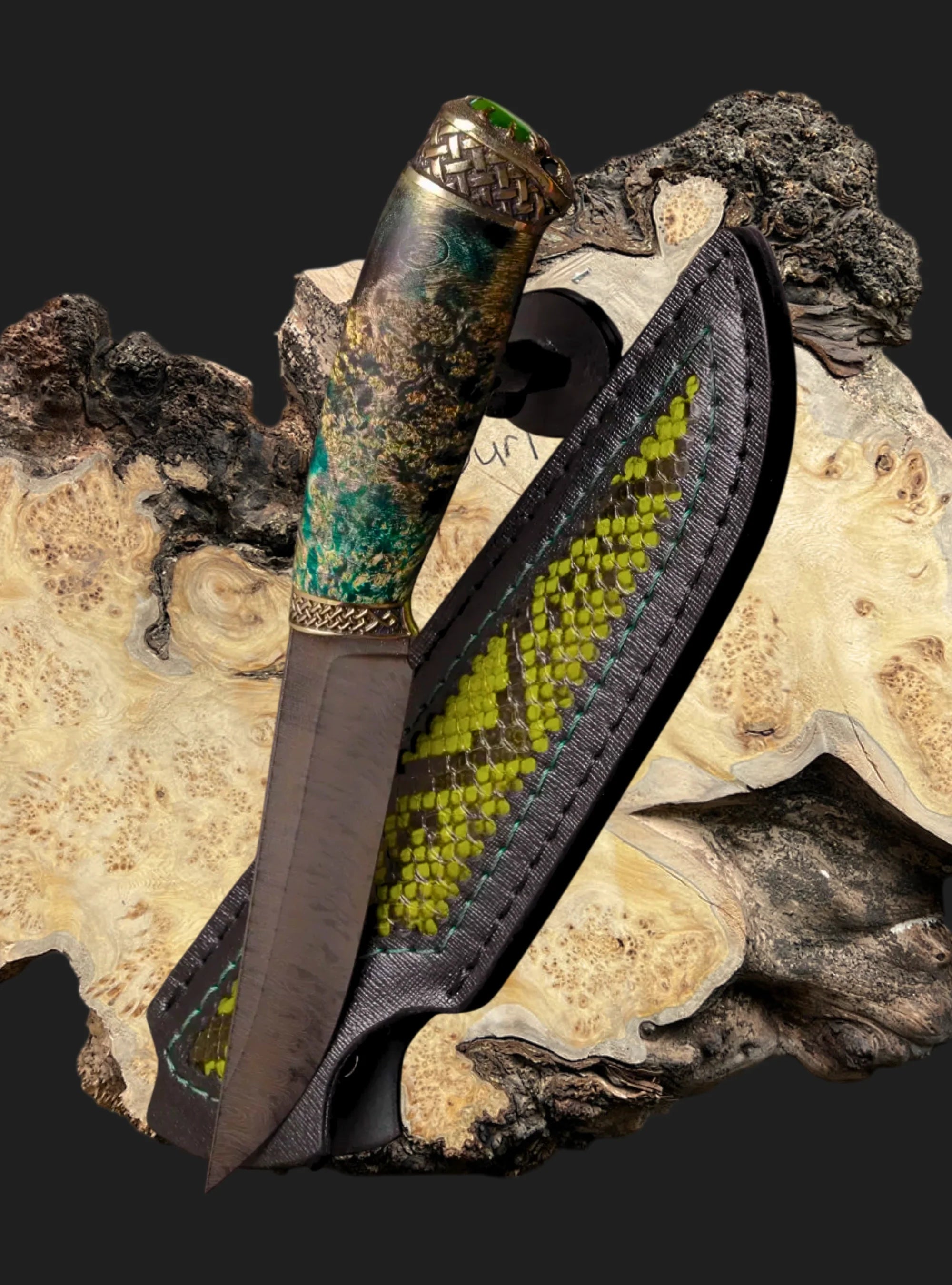
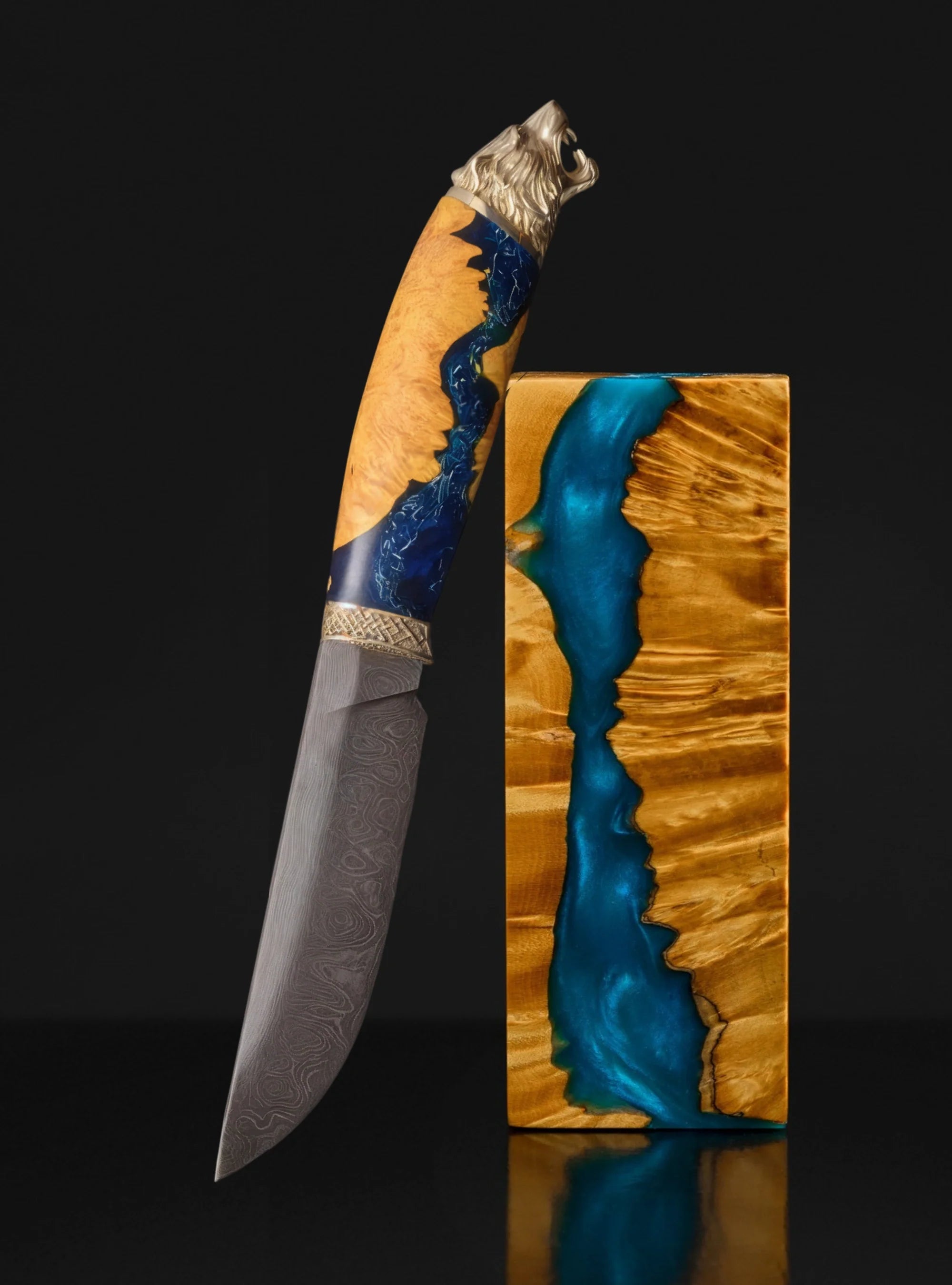
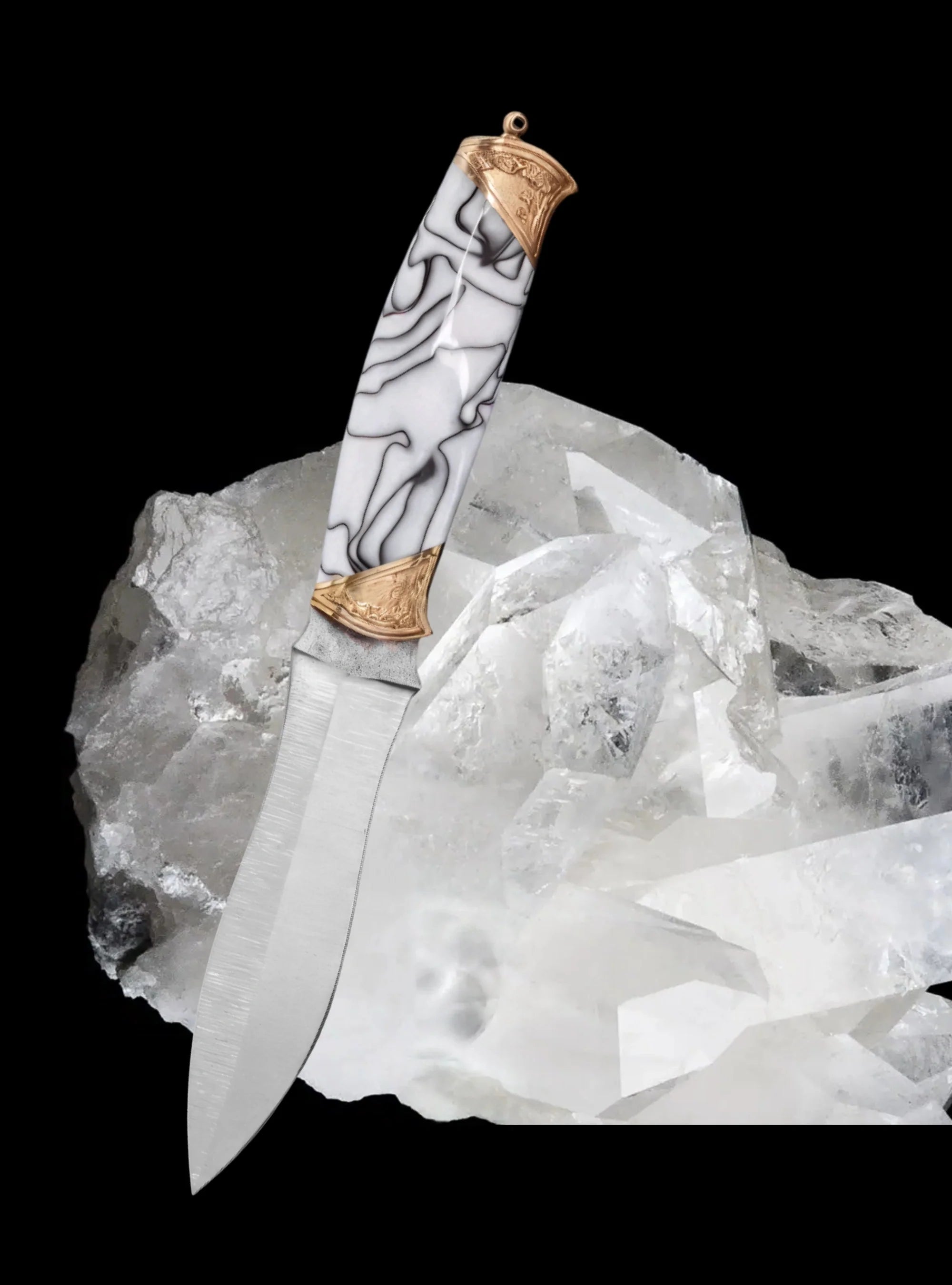
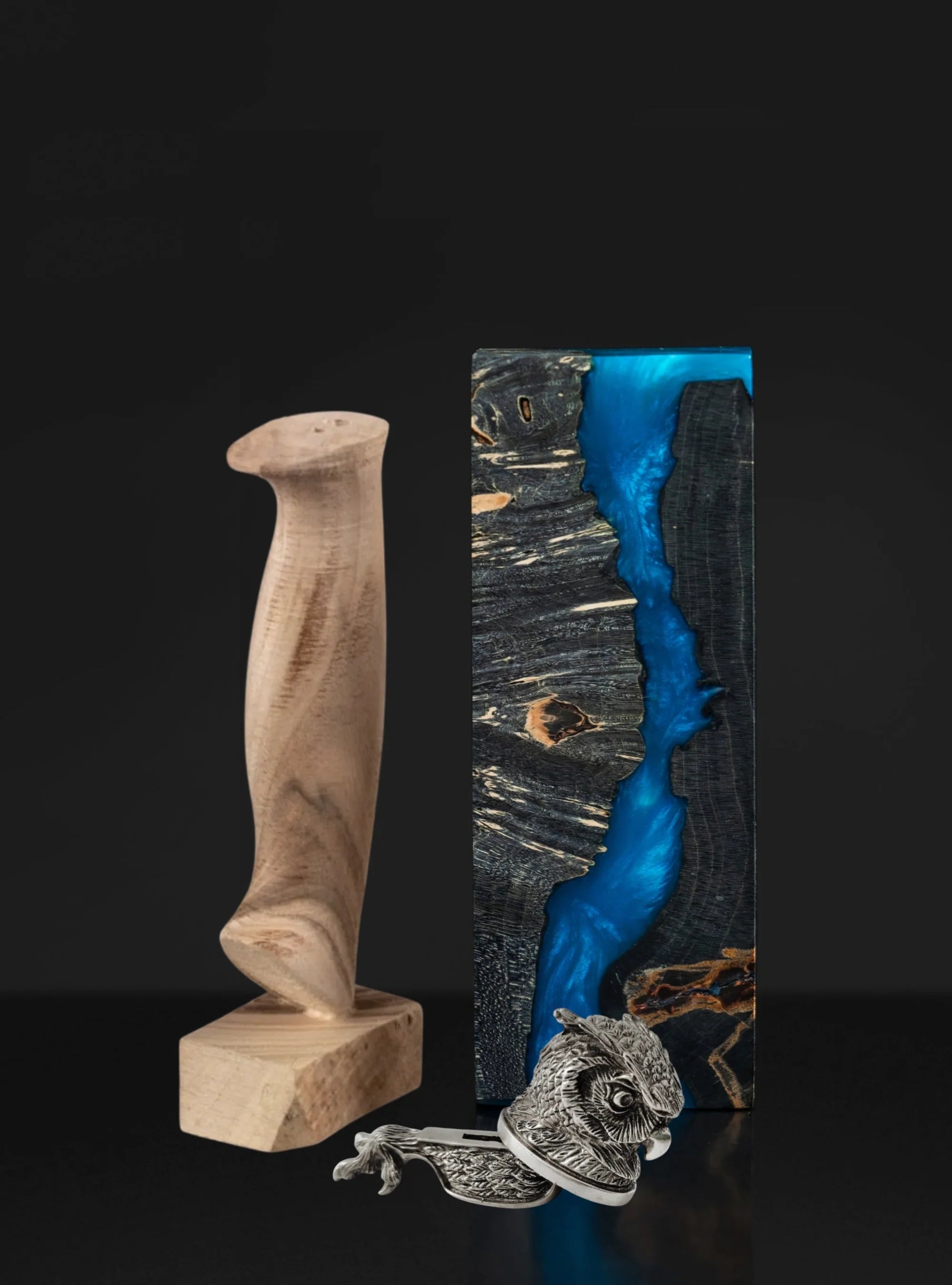
Share:
How Limited-Edition Knife Designs Solve the Problem of Impersonal Luxury Gifts?
How to Choose a Designer Handle Knife That Reflects Your Style?